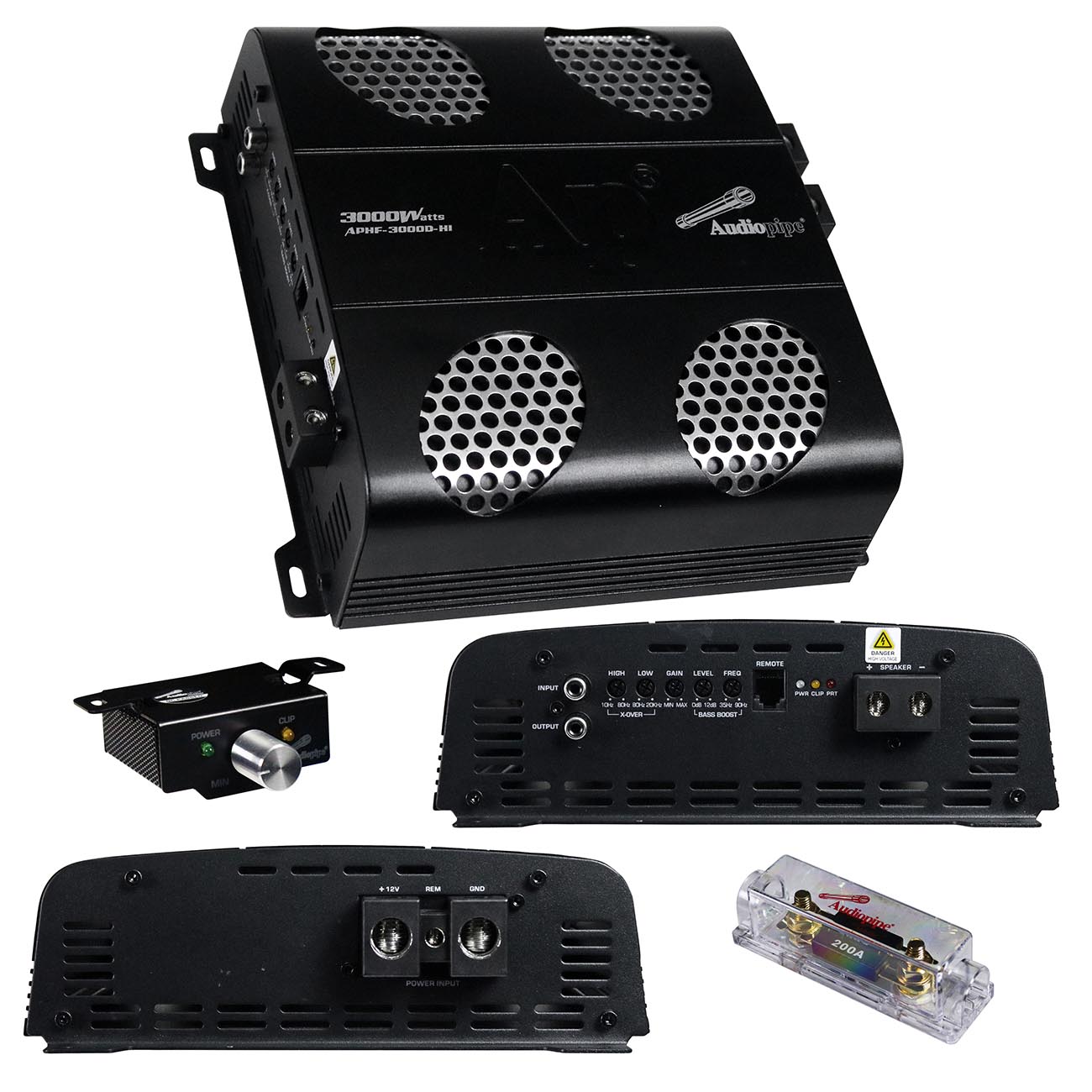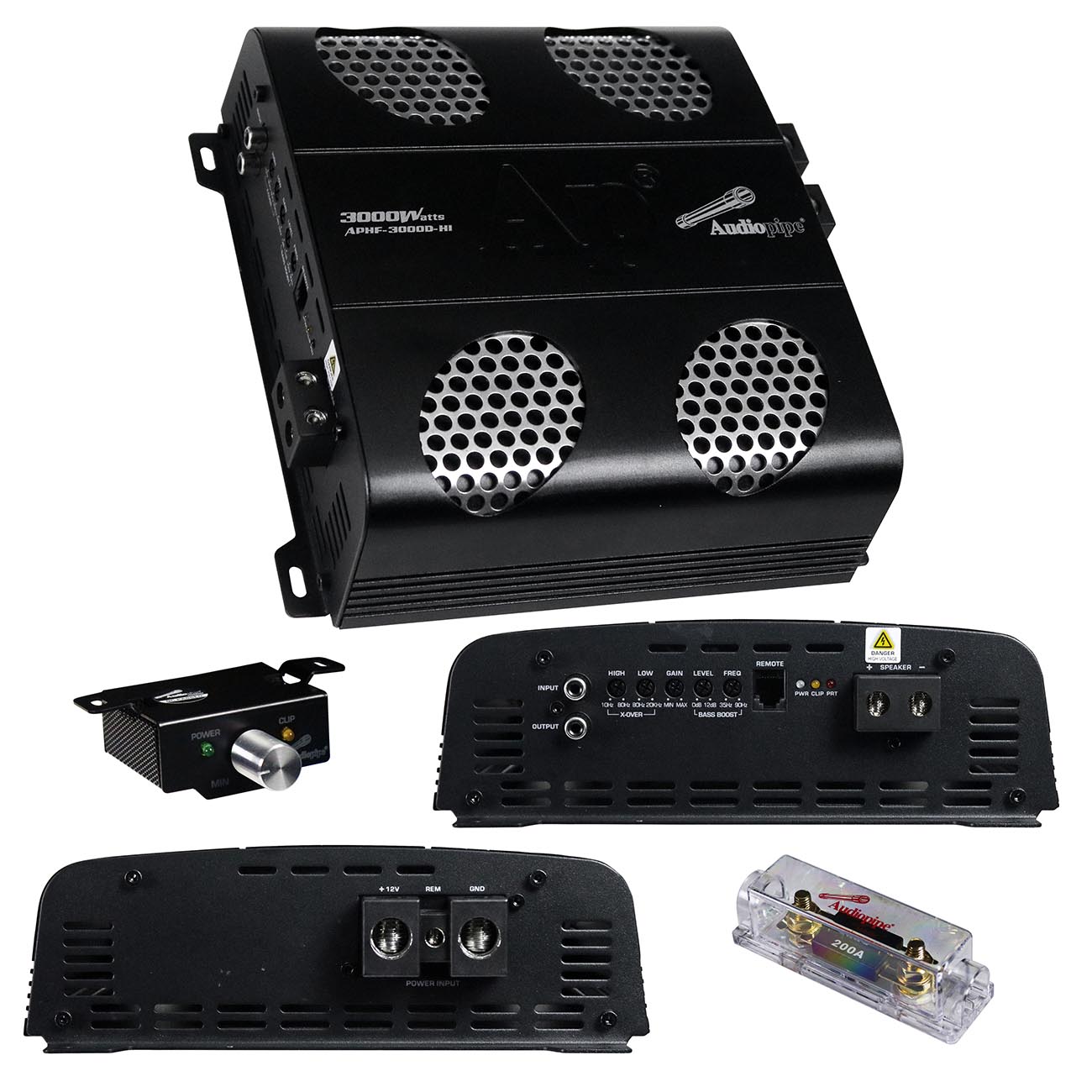Answer
Sep 04, 2024 - 07:16 AM
Yes, Class D amplifiers can indeed sound very good and are widely used in various audio applications, from home audio systems to car audio and professional sound reinforcement. Over the years, the technology behind Class D amplifiers has significantly improved, making them a popular choice due to their high efficiency and compact size. Here’s why Class D amplifiers can sound good:
1. High Efficiency:- Efficiency Rates: Class D amplifiers typically operate at 90% or higher efficiency, meaning less energy is wasted as heat. This is much more efficient compared to Class A, B, or A/B amplifiers. The high efficiency allows Class D amplifiers to run cooler, reducing the need for large heat sinks and allowing for more compact designs.
- Improved Design and Components: Modern Class D amplifiers have advanced significantly in terms of design, with better components, faster switching transistors, and improved circuit topologies. These improvements help reduce distortion and enhance overall sound quality.
- Low Distortion and Noise Levels: With proper design and implementation, Class D amplifiers can achieve very low Total Harmonic Distortion (THD) and Signal-to-Noise Ratios (SNR), making them capable of producing clear, high-quality sound.
- High Power Output: Class D amplifiers can deliver high power output relative to their size and weight, making them ideal for applications where space and efficiency are concerns, such as in-car audio systems and portable sound systems.
- Versatility Across Applications: They are suitable for driving both subwoofers (which require high power) and full-range speakers, providing both powerful bass and clean, detailed midrange and treble frequencies.
- Cooler Operation: Due to their high efficiency, Class D amplifiers generate less heat, which can improve longevity and reliability. This makes them particularly well-suited for enclosed spaces, like in-car audio installations or compact home audio setups.
- Reliability in Various Environments: The cooler operation also contributes to the reliability of Class D amplifiers, as they are less likely to overheat and enter protection mode, which can be a concern with other classes of amplifiers.
- Home Audio Systems: Many modern home audio systems and AV receivers use Class D amplification due to the benefits of efficiency and compact size without compromising sound quality.
- Car Audio: Class D amplifiers are prevalent in car audio systems because they can provide high power output for subwoofers and speakers while fitting in the limited space available in vehicles.
- Portable Speakers and Soundbars: The compact size and efficiency make Class D amplifiers ideal for portable speakers, soundbars, and other compact audio devices where battery life and heat management are important considerations.
- Professional Audio Equipment: Class D amplifiers are also used in professional sound reinforcement, including powered PA speakers and subwoofers, where high power and efficiency are crucial.
- Audio Purists vs. General Use: While some audio purists may still prefer the sound characteristics of Class A or A/B amplifiers, particularly for certain high-fidelity audio applications, the audible differences have diminished significantly with modern Class D designs. For most listeners, especially in everyday or high-power applications, a well-designed Class D amplifier can sound just as good as, or even better than, its Class A/B counterparts.
Class D amplifiers can sound very good, especially with advancements in technology that have improved their performance characteristics. With high efficiency, low distortion, compact size, and powerful output, Class D amplifiers are suitable for a wide range of audio applications and offer a high-quality listening experience. For most practical uses, especially where efficiency and space are concerns, Class D amplifiers are an excellent choice.





Add New Comment